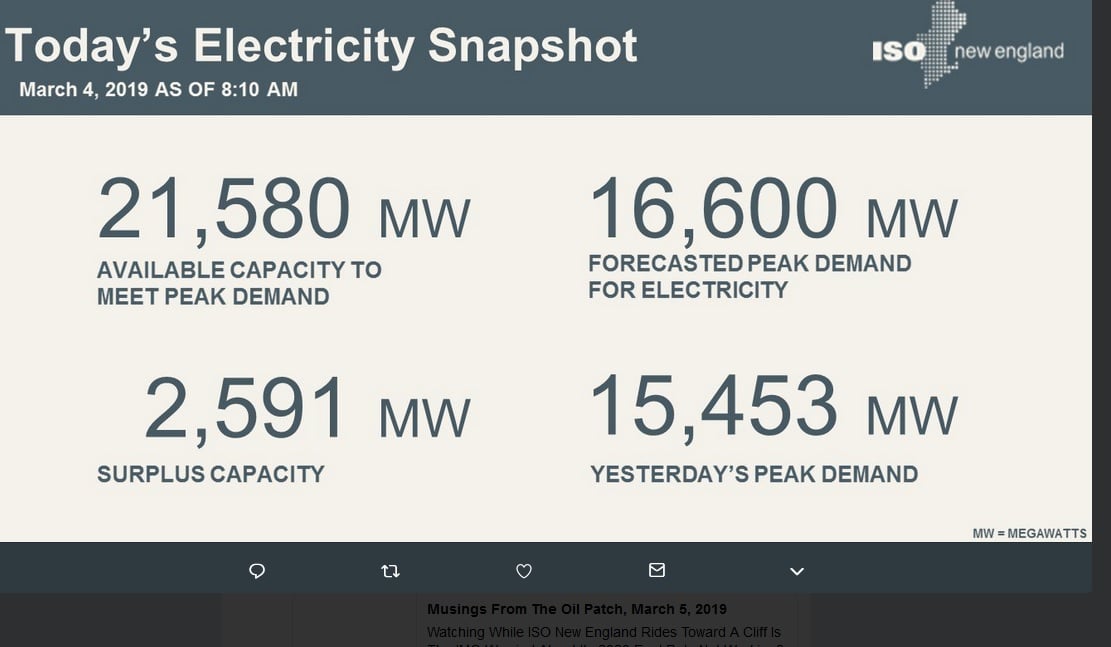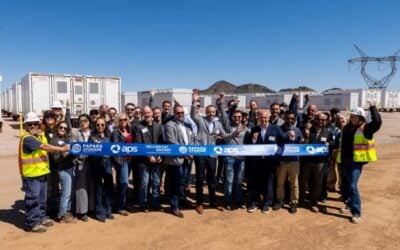
Revisions aimed at enabling energy storage’s participation in wholesale markets, proposed by New England’s Independent System Operator (ISO) have been accepted by the Federal Energy Regulatory Commission (FERC), effective 1 April this year.
One of the biggest sweeping changes imminent across many of the US’ regulated electricity markets will be the widespread implementation of FERC Order 841, through which the commission has ordered ISOs and Regional Transmission Operators (RTOs), to fairly consider the role energy storage can play in capacity, energy and ancillary services markets.
Enjoy 12 months of exclusive analysis
- Regular insight and analysis of the industry’s biggest developments
- In-depth interviews with the industry’s leading figures
- Annual digital subscription to the PV Tech Power journal
- Discounts on Solar Media’s portfolio of events, in-person and virtual
ISO New England was one of the first to respond, Energy-Storage.news reported back in November last year, filing a 750-page document of suggested revisions and supporting arguments. Now, FERC has ordered that Storage Revisions proposed by ISO New England be accepted, effective as of 1 April 2019.
The ISO said that it currently has 19MW of battery energy storage participating in its markets and over 800MW of battery storage in its interconnection queue, as well as 170MW of wind and solar projects with battery storage included in their plans, also in the queue. Since the 1970s, the ISO has operated around 2,000MW of pumped hydro storage on its networks, but said that its experience with battery storage – which unlike pumped hydro can transition quickly between charge and discharge – is limited so far.
The new revisions include a distinction between so-called Binary Storage such as pumped hydro and Continuous Storage units, such as batteries, with attendant rule suggestions for each technology type. The ISO said it had already been considering wholesale market participation ahead of FERC Order 841’s issuance in February 2018, and therefore planned for the revisions to be in place by April, eight months ahead of an end-of-year deadline set by the commission.
Therefore, systems defined as Continuous Storage assets will have new, additional requirements laid out for them in new Tariff provisions, which recognise that they can perform as both a dispatchable generator asset, and a dispatchable asset related demand (DARD). Continuous Storage units will need to be registered as both types of asset to participate. The FERC document goes into further detail on the various regulatory and market definitions put forward by the system operator.
“According to ISO-NE, the Storage Revisions enable electric storage technologies to be dispatched in ISO-NE’s real-time energy market in a manner that more accurately recognizes their technological and operational capabilities–principally their ability to transition rapidly between a charging state and discharging state,” FERC commissioners wrote, with the ISO arguing that this would enable storage to participate “more fully” in its markets.
“ISO-NE explains that the Storage Revisions also provide these resources a means to simultaneously participate in its energy, reserves, and regulation markets.”
Updated terminology, ISO-NE said, would recognise that storage equipment on the network should be identified by the role it plays in the market – its “digital market representation” – rather than the physical equipment used.






